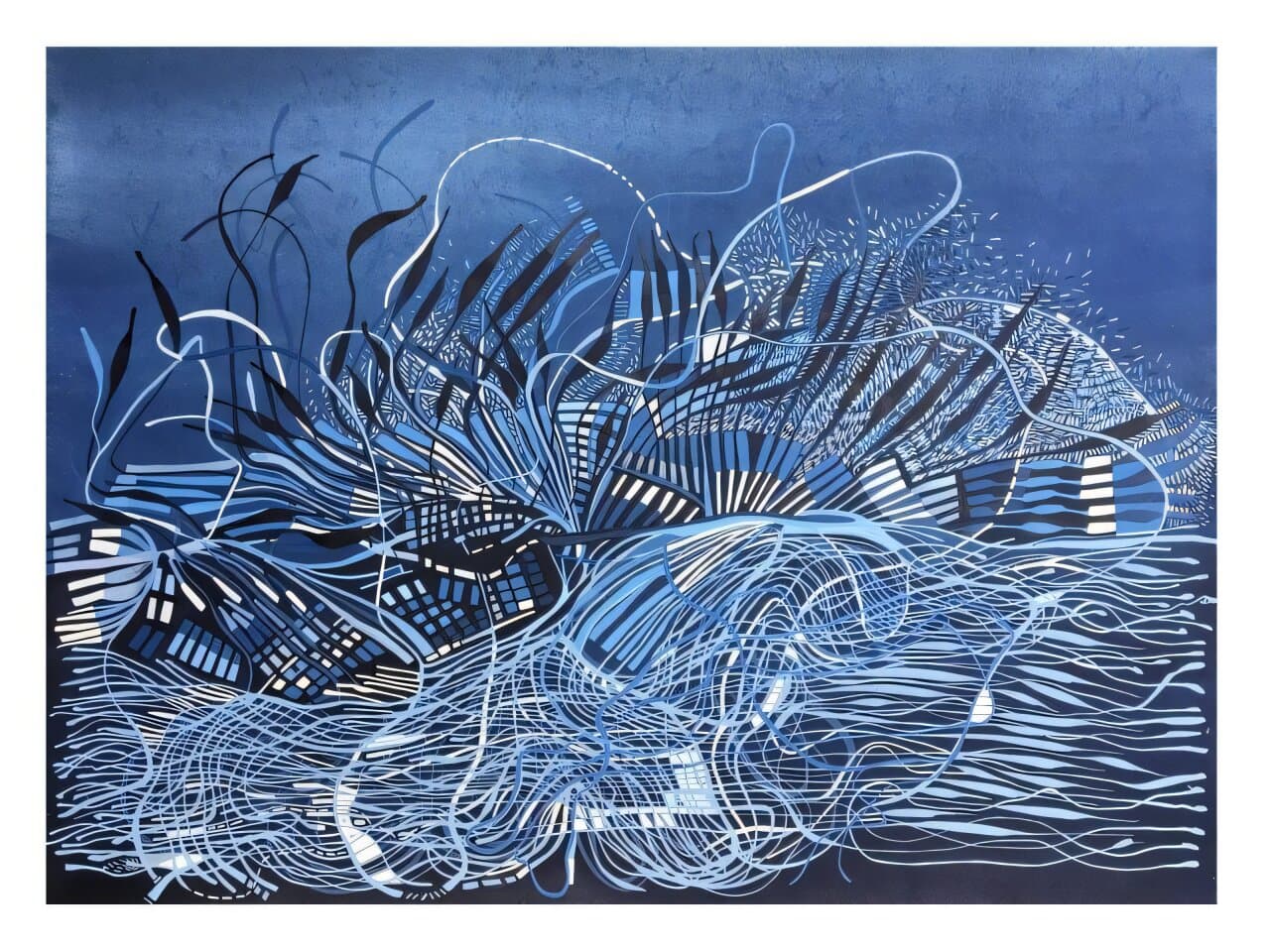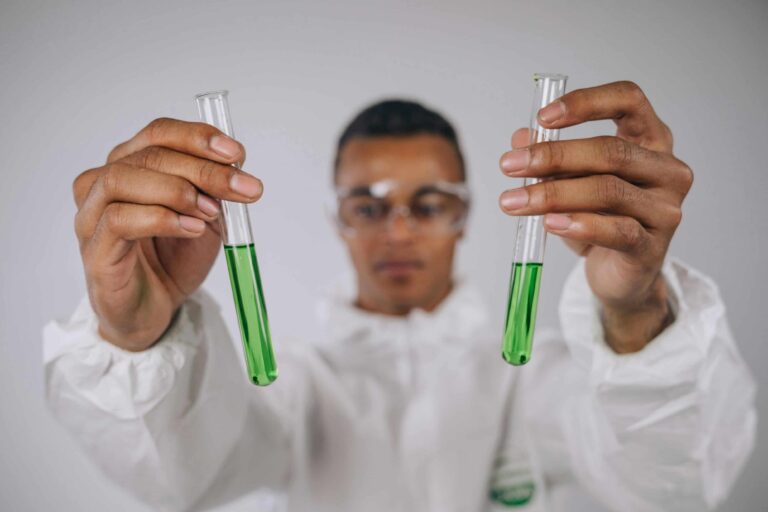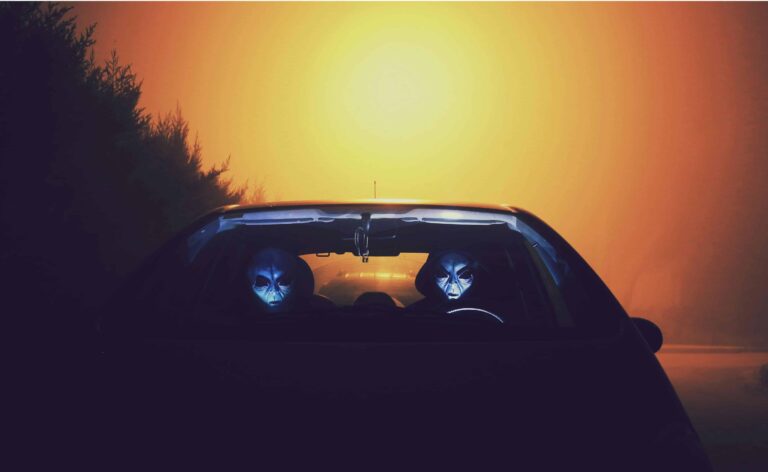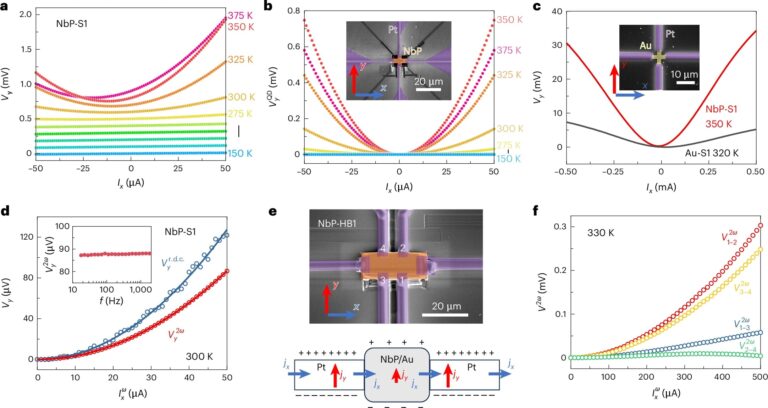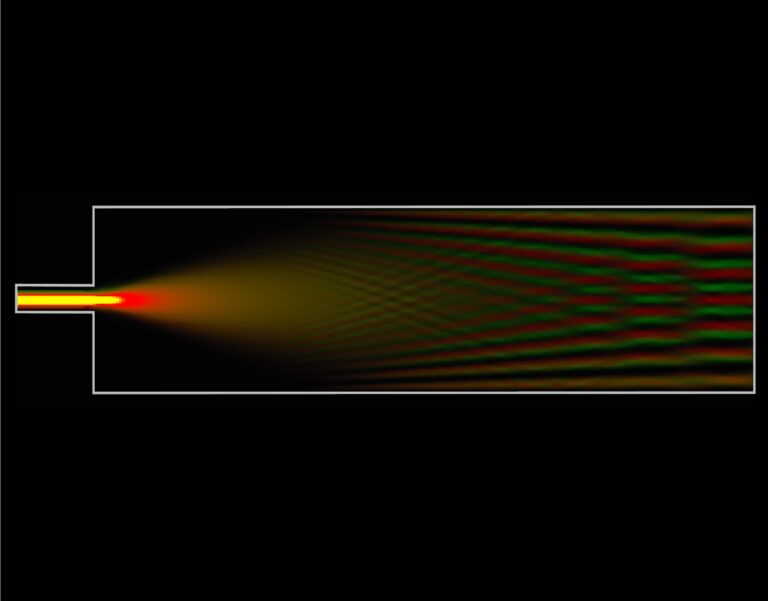The Symbiotic Relationship Between Music and Art
Imagine strolling through an art gallery, surrounded by mesmerizing visuals, with a carefully curated soundtrack elevating your emotional experience. A recent study by the Max Planck Institute for Empirical Aesthetics (MPIEA) in Frankfurt am Main, Germany, delves into the intriguing world of audiovisual combinations, shedding light on music’s profound influence on our experience of art.
Unpacking the Study: Methodology and Key Findings
Led by Lauren Fink (first author) and Melanie Wald-Fuhrmann (senior author, Director of the Department of Music at MPIEA), the research team collaborated with the Kentler International Drawing Space (Brooklyn, New York, U.S.). The study’s foundation was the exhibition “Music as Image and Metaphor,” featuring 41 drawings paired with specifically composed music pieces.
- Participants: Over 200 individuals participated in the online study.
- Modalities: 16 works were presented in various formats: music-only, images without music, intentional audiovisual pairings, and random audiovisual combinations.
- Key Metrics: Viewing duration (indicating aesthetic interest) and subjective experience reports (assessing emotional impact).
Findings:
- Duration: Participants spent the most time engaging with music-only pieces, followed by intentional audiovisual combinations, and then images without music.
- Emotional Resonance: Audiovisual combinations (both intentional and random) evoked the strongest emotional responses.
- Aesthetic Evaluations: Surprisingly, the type of audiovisual pairing (intentional or random) had no significant impact on aesthetic preferences.
- Time vs. Preference: No direct correlation was found between viewing duration and aesthetic evaluations, suggesting music enhances emotional depth without altering aesthetic judgment.
Expert Insights: Unraveling the Emotional Resonance of Audiovisual Combinations
“Our study reveals that music significantly enriches the emotional experience of art, even if the audiovisual pairing is random,” explains Lauren Fink. “This challenges our understanding of the complex interplay between music, visuals, and aesthetic perception.”
Melanie Wald-Fuhrmann adds, “The lack of correlation between viewing time and aesthetic preferences highlights music’s unique role in deepening emotional connections with art, without influencing our overall evaluation of the piece.”
Conclusion: This study from the Max Planck Institute for Empirical Aesthetics offers a fascinating glimpse into the harmonious relationship between music and art. As we continue to explore the intricacies of human perception, one thing is clear: music’s impact on our emotional experience of art is undeniable.
